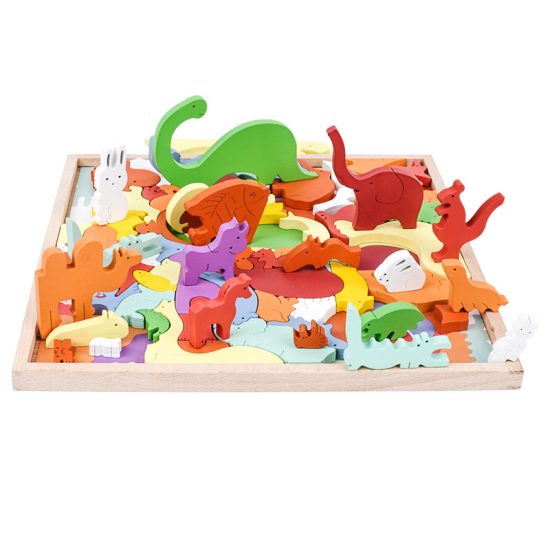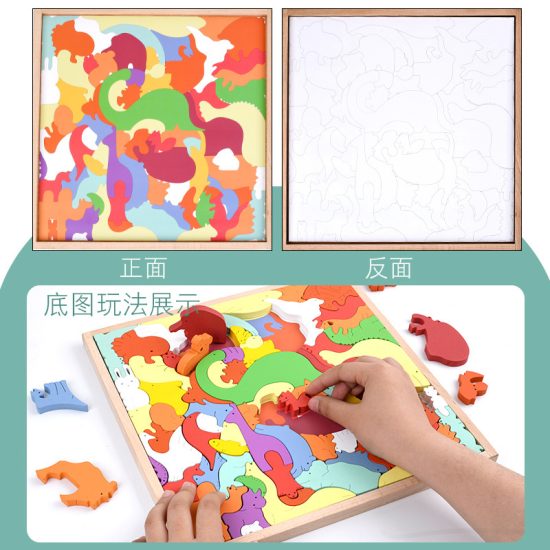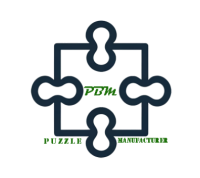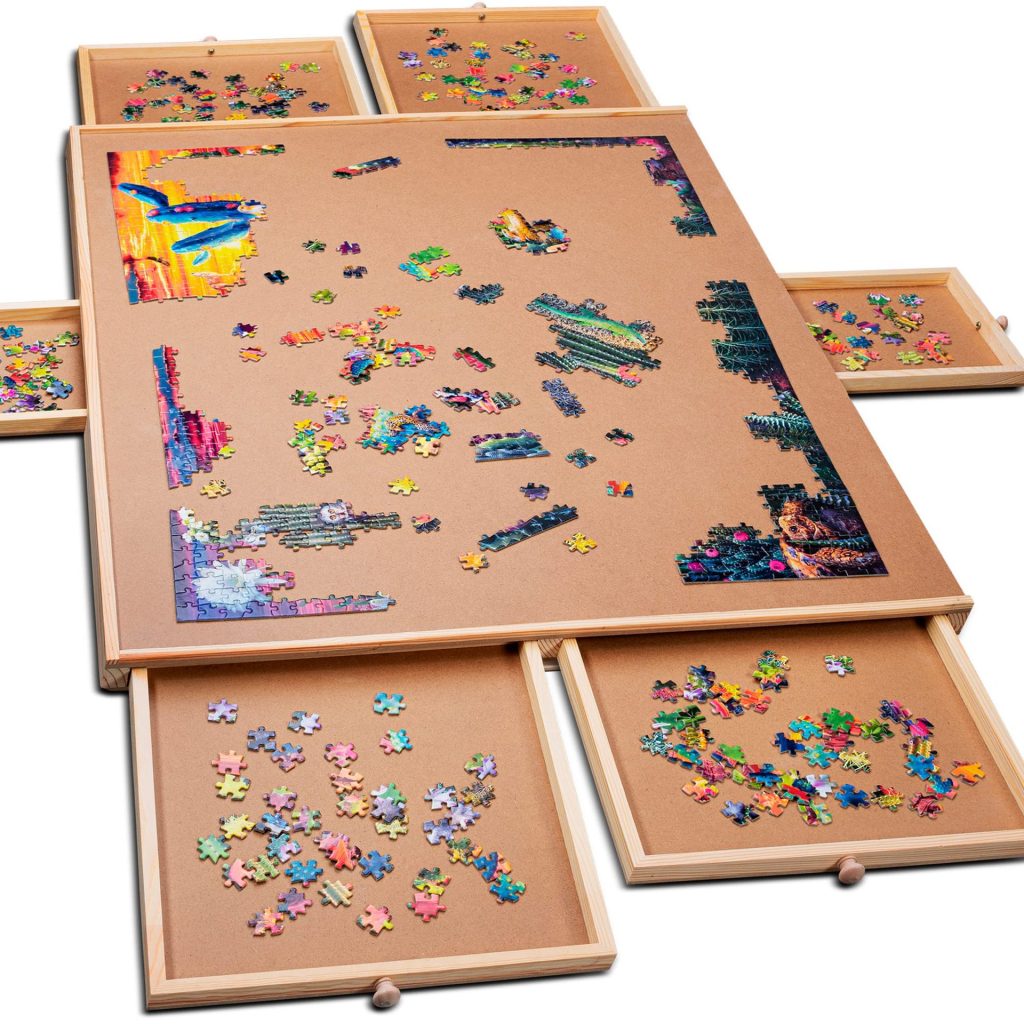The manufacturing process of puzzles typically involves the following steps:
- Design: The first step in puzzle production is designing the image or pattern that will be used for the puzzle. This can be done digitally or by hand.
- Printing: Once the design is finalized, it is printed onto a large sheet of paper or cardboard using a high-quality printer.
- Mounting: The printed sheet is then mounted onto a sheet of cardboard or foam board to give it extra stability.
- Cutting: The mounted sheet is then fed through a cutting machine, which cuts the puzzle into individual pieces using a die. The die is a sharp steel blade that is shaped to cut the puzzle pieces in a specific pattern.
- Sorting: After the puzzle is cut, the pieces are sorted into sets and packaged together. The packaging may include a reference image or a guide to help users complete the puzzle.
- Quality control: Finally, the completed puzzle sets are inspected to ensure that all pieces are present and that they fit together properly. Any defective sets are discarded and the good sets are packaged and shipped to retailers.
Overall, the process of making puzzles is relatively simple but requires precision and attention to detail to ensure that the final product is of high quality.



